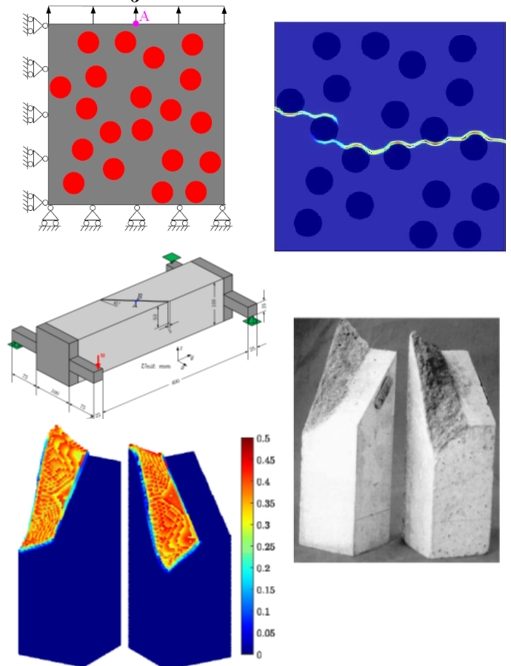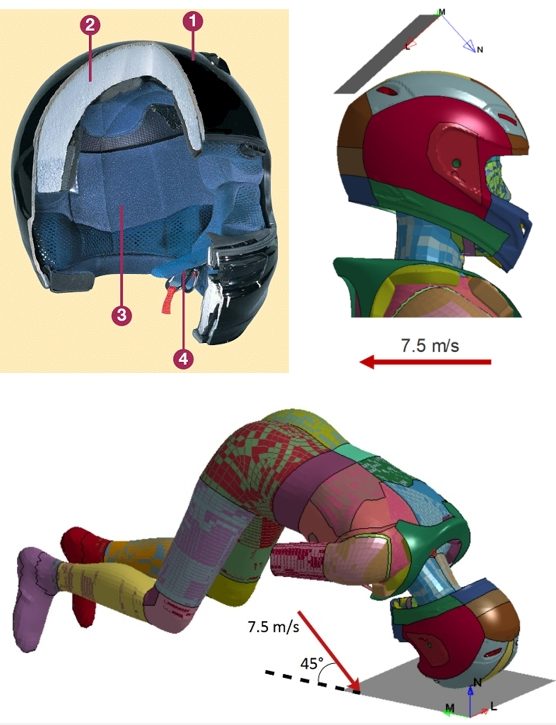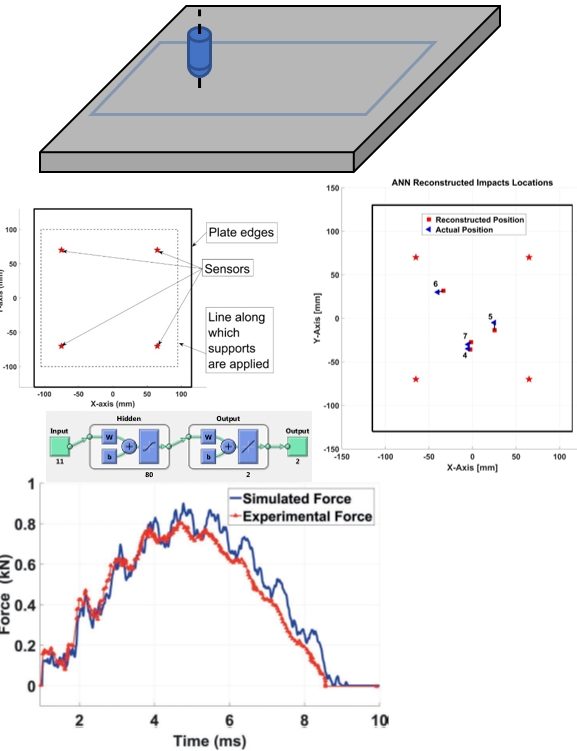Computational mechanics for a sustainable development
Computational Engineering and Science is now regarded as the third pillar of scientific enquiry alongside theory and experimentation. Computational engineering and science have strong economic implications by improving product quality, decreasing time to market and allowing the numerical simulation of phenomena which are not tractable using physical models. Computational mechanics allows for an optimisation of the structures, an increase in their reliability and ultimately a saving in the resources required with a clear intention to steer design in the direction of sustainable development.
Crack propagation.
Crack propagation in solids and structures is one of the most common factors compromising industrial hardware: this is particularly critical for aerospace applications. Our team investigates computational methods to simulate crack propagation and damage.
NON-CONVENTIONAL MECHANICS
We exploit the latest and most promising theories to overcome the limitations of the classical theory of continuum mechanics.
COUPLED APPROACH
We develop models that couple the FEM method and advanced theory-based approaches to benefit from the advantages of the different methods.
MULTIPHYSICS ANALYSIS
The modelling of multiphysical phenomena is the key to the investigation of complex damage phenomena.
Study of personal protective equipment.
Numerical simulation of the behaviour of protective devices under operating conditions enables their optimised design. Furthermore, thanks to an innovative numerical model representing the mechanical behaviour of the brain, it is possible to estimate brain damage following impact.
Do you know the REDIPhe project?PROTECTIVE HELMETS
UG started the work on PPE in the Aero Department of Imp. Col. London. Initially protective helmets were the main topic of the research carried out within two ITN projects (MYMOSA and MOTORIST).
PERSONAL PROTECTIVE EQUIPMENT
Then the research field widened by addressing the assessment of neck and back protectors and by including biomechanical models of the relevant body parts.
BRAIN MODEL
Very recently, a collaboration with the BIOMECH group produced a very detailed model of the human brain to explore, at the tissue level, the protective performance of the helmets.
Damage detection techniques.
In recent years scientific research in the structural engineering field has developed smart structures which are able to continuously monitor their health state to detect if structural damage is being generated. Our goal is to develop computational methods for a real-time prognosis system for structures.
NUMERICAL APPROACH
We consider non-linearities to develop more realistic models. We can reconstruct the impact force and the position where the impact occurred.
TESTS
Experimental tests provide data for the validation of the methods studied.
ARTIFICIAL NEURAL NETWORKS
The use of neural networks considerably reduces the number of sensors required for an accurate impact analysis.



